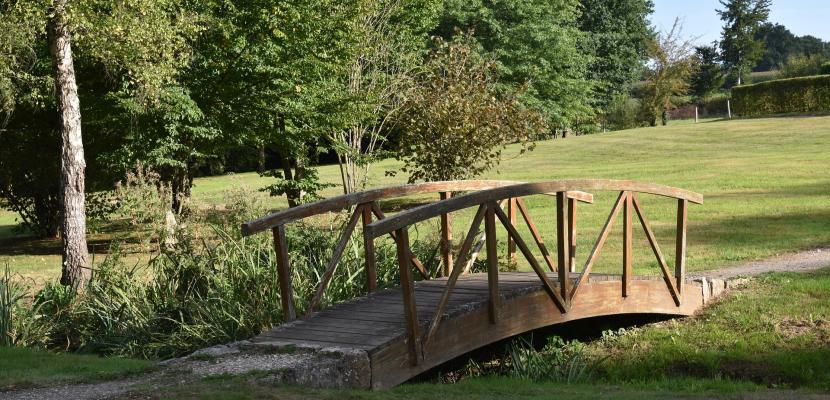
Regional Law 17/2019, Arts. 17, 26, 31, 35 “Territorial cultural-based regeneration”

About this good practice
The call for proposals assumes that the active involvement of citizenship in its various aggregative and non-aggregative forms is essential for a balanced and sustainable urban development. The goal is to activate processes in the creative and social sphere with the active participation of all the components of a local community, from the municipal administration to citizens, from associations to institutions. The approach is transversal, concerning the Venetian cultural heritage (art. 17), contemporary art (art. 26) and cultural and entertainment activities (arts. 31 and 35).
The call ‘Territory’s culturally-based regeneration’ allowed for the submission of urban regeneration projects, which were assessed according to qualitative criteria: type of activities, characteristics of the context of intervention, definition of the objectives and expected impacts, economic sustainability of the project, involvement of several public and/or private subjects ensuring continuity of the project over time; to which was added a further one concerning actions oriented towards environmental sustainability.
The main stakeholders are local authorities, cultural or social promotion associations, social cooperatives, NGOs, ETSs, cultural foundations and private non-profit organisations.
The beneficiaries are citizens, businesses and institutions involved in cultural interventions capable of creating new relationships, visibility and well-being in peripheral areas of urban areas.
Resources needed
50.000,00€ total budget assigned to the call
Evidence of success
28 regeneration projects were submitted
8 regeneration projects were funded
contributions ranged from 4.500,00€ to 10.000,00€
Potential for learning or transfer
The practice of redevelopment and regeneration is a good practice because it exploits the strategic role of contemporary art capable of activating virtuous processes of rebirth in peripheral areas through the active role of citizenship, involved through various forms of association, alongside institutions.
The practice is considered transferable for the following reasons:
- The importance of the time factor as these actions were born a few years earlier from below and spontaneously faced problems of coexistence in the neighbourhood;
- the ability to analyse strengths and weaknesses of the actions taken, thanks to the involvement of experts in analysis of this type (universities, urban planners, etc.)
- attention given not only to recreational and cultural activities but also to the construction of beauty in the neighbourhood (sharing spaces in public parks and public venues)
- the relationship with institutions felt to be partners in the project and not mere contributors.
Further information
Website
Good practice owner
You can contact the good practice owner below for more detailed information.